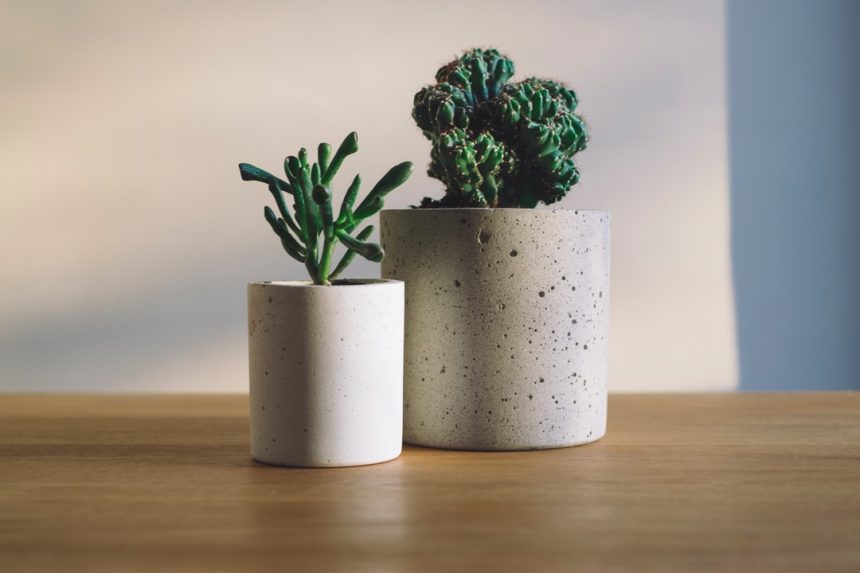During the fall and winter, your potted plants will need more tender loving care than usual, especially if they’re left outdoors. Whether your plants are in planter boxes, in a planter hung on the deck or other outdoor space, or indoors with the rest of your belongings, plants need extra care during the freezing winter.
Keeping them outside can cause irreparable damage or cause them to die, which is why you need to explore safe storage options for your beautiful plants. Learn about the best ways to keep your plants safe from frost and the cold winter weather below.
What happens if plants are left outside?
While many plants are naturally programmed to go dormant in the winter, that generally only happens in areas where they are compatible with the USDA hardiness zone. If you have other plants that aren’t considered native to your area, and they’re kept outside in a pot or container, then they shouldn’t be outside once the weather reaches the possibility to dip into freezing temperatures. For example, a potted hibiscus plant or an orchid can’t survive in cold temperatures, whereas juniper, or other evergreen shrubs, will be able to go dormant throughout winter and will not need to be moved.
Those freezing temperatures, even if your plants are stored on a patio, can quickly damage your plant’s leaves and stems, as well as its root system. Covering them with blankets may help, but it’s not a guaranteed solution to keep them safe. Using a space heater can be a fire hazard, and it could affect the longevity of your planter to have high heat pointed at it for multiple nights in a row. If you do need to replace your planters, visit sites such as https://potsplantersandmore.com/ to replenish your stock. Your best bet to keep them safe is to bring them inside in some way.
Also see: 4 Solutions to make your garden stand out
The Best Ways to Store Your Plants
If you’re able to, the best route may be to buy a small greenhouse for your backyard. You can maintain heat and humidity in there, creating an ideal environment for your greenery and other foliage. If you can’t do that, then you can bring your plants inside your home, using indoor planters with proper drainage to avoid potential leaks or water damage to your floors. An added bonus here is that they can supplement your existing décor and put some fun, bright green into your space to distract from the grey skies of winter. You’ll also be able to care for them easily inside and water them on a schedule that’s best for both your plants and you.
Indoor plants also have some health benefits for you and your family, as many can help improve the air quality in your home. It may be a good idea to keep some inside all year round to maximize the clean air they provide.
If, however, you don’t have room inside your home for your plants, then you may want to consider a climate control self-storage facility. Make sure that it’s climate controlled, as self storage without this could fail to protect your plants from the cold temperatures. Find one with a rental fee that will be friendly to your household budget so that your plants will be kept stored safely during the winter months. Look for “storage units near me” so that you can shop around and compare, as well as check for any online customer reviews to learn about their customer service. Plus, the additional space might be good for vehicle storage if you want to keep a car inside during the winter as well.















